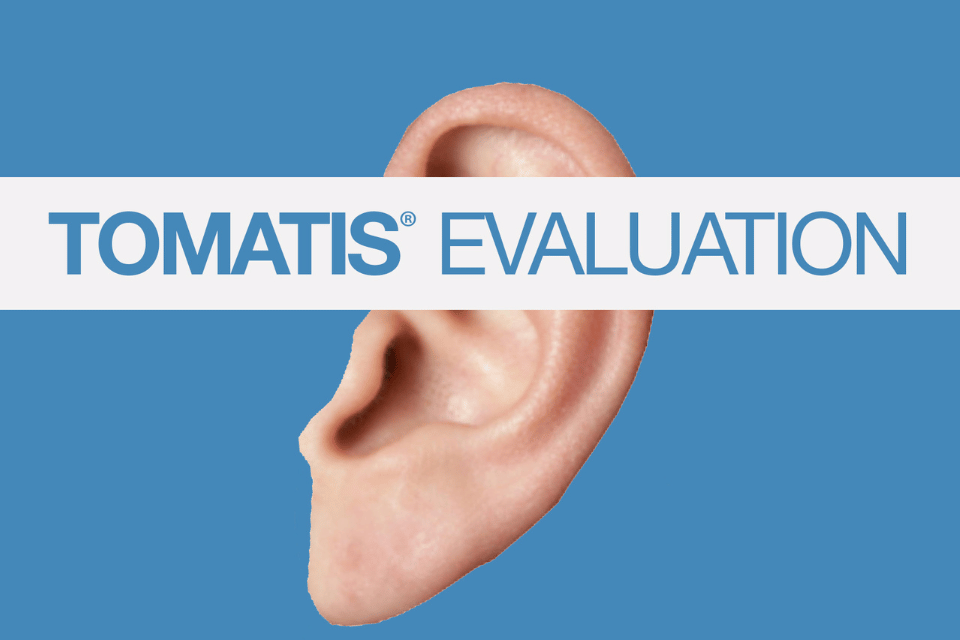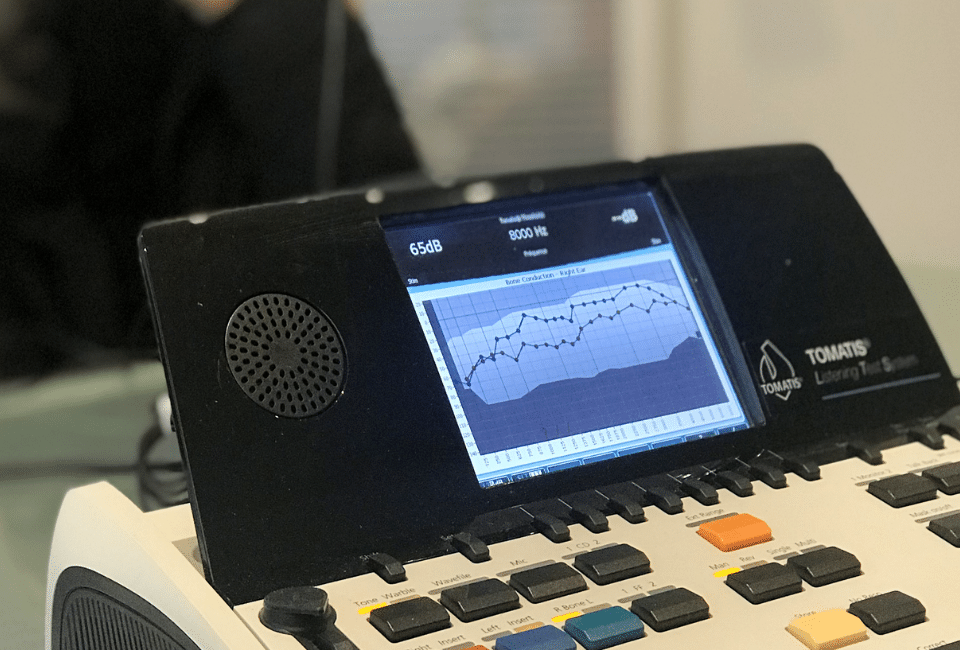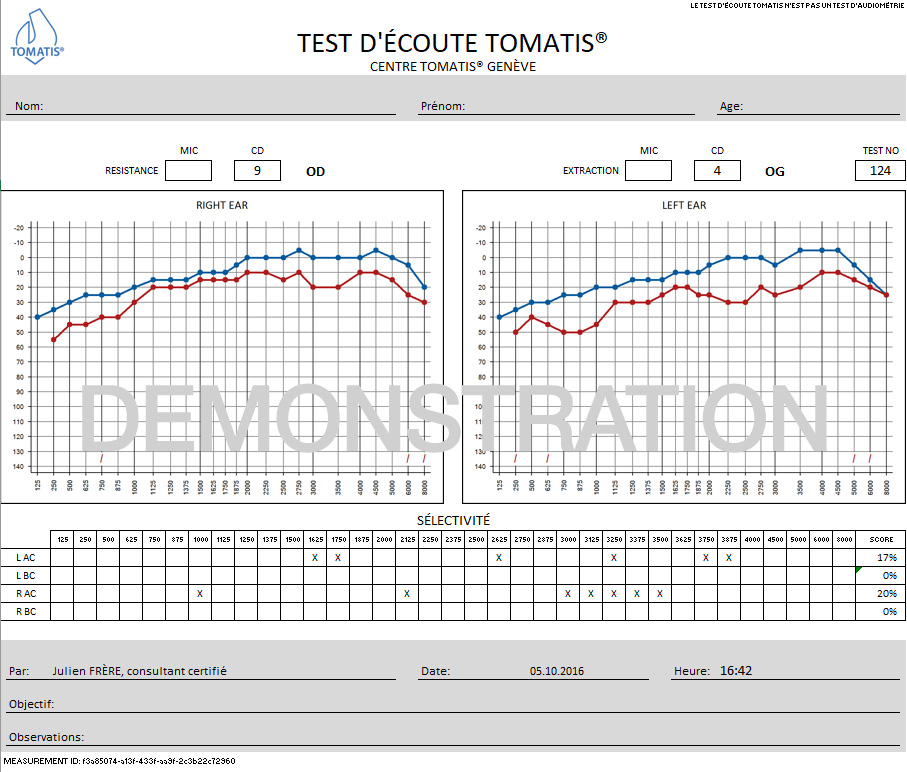Audio-psycho-phonological assessment

Audio-psycho-phonological assessment
At Tomatis centers, every treatment begins with an evaluation of the individual's listening posture, which is referred to as an "audio-psycho-phonological assessment". The listening posture refers to the way in which an individual consciously or unconsciously listens to sounds, noises, or conversations.The term "audio-psycho-phonological" is used because Tomatis believed that listening is a combination of sensory, motor, and emotional processes.
In practice, how is this assessment conducted?

The assessment is similar to a hearing test that is conducted by an ear, nose, and throat (ENT) doctor or hearing aid specialist. The test evaluates 25 different frequencies for each ear, which provides a comprehensive "definition" of the individual's hearing curve. In comparison, an ENT typically only evaluates 7-11 frequencies. It's also worth noting that the test device used in Tomatis centers is not calibrated in the same way as traditional hearing tests, as the focus is on measuring the "live" aspect of the ear.
What is meant by the "live" aspect of the ear?
Traditional hearing tests rely on passive sound transmission, similar to a microphone. In contrast, the Tomatis method recognizes the ear as an active organ, which actively participates in the perception of our sound environment. For example, the ear can protect us from harmful noises or filter out unwanted sounds during a conversation in a noisy restaurant. This would not be possible if the ear was only passive.
Interpreting the results
The results of the audio-psycho-phonological assessment are presented in the form of two curves, one blue and one red. The blue curve represents the reaction of the eardrum muscle, also known as the tympanic muscle, which is responsible for transmitting sound waves from the outside world to the inner ear. The red curve represents the reaction of the stirrup muscle, also known as the stapes muscle, which plays a role in the process of hearing by transmitting sound vibrations from the middle ear to the inner ear.

A shift in the curves, indicating a poor adaptation, can reveal the source of an individual's listening difficulties. This evaluation allows the Tomatis center to identify specific areas where listening is impaired, which enables targeted corrections to be made during the treatment.
In terms of neuroscience, the auditory system is a complex network of neural pathways that begins with the ear and ends in the auditory cortex of the brain. The eardrum and stirrup muscles play a crucial role in the first stages of sound processing, by transmitting sound waves from the outer ear to the inner ear, where they are converted into neural impulses. These neural impulses are then transmitted to the brain via the auditory nerve, where they are processed and interpreted as sound.
By evaluating the reaction of these muscles, the Tomatis consultant can gain insight into the individual's auditory processing abilities and tailor the treatment accordingly.



